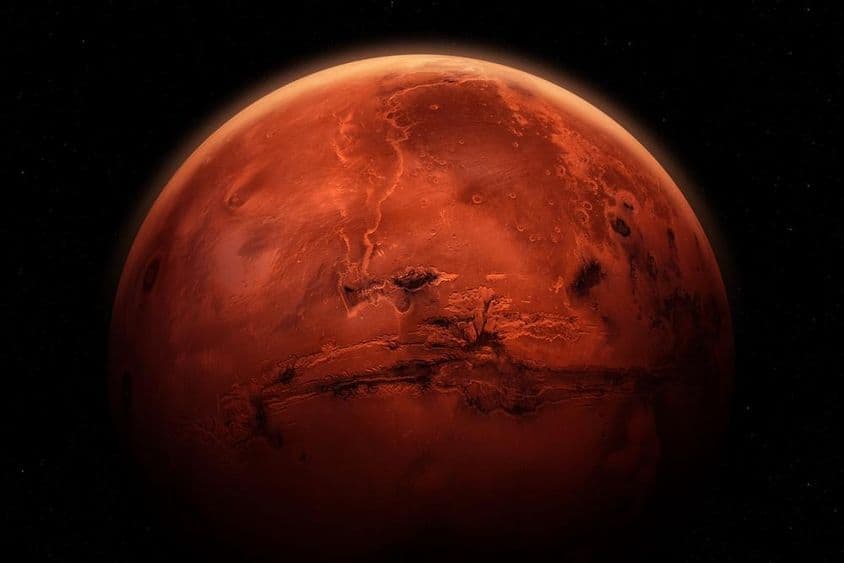Marhaba Mars: Five Years of Hope

Marhaba Mars! Five Years Since Hope Probe Launched
On July 20, 2020, we witnessed a historic moment: the United Arab Emirates launched its first interplanetary mission, the Hope Probe. The probe – known as Al-Amal in Arabic – lifted into space as a testament not only to UAE's technological capabilities but also as a symbol of the scientific ambitions of the entire Arab world. Less than seven months later, on February 9, 2021, Hope successfully entered orbit around Mars, making the Emirates the fifth country in the world to reach the red planet, following the United States, Russia, the European Union, and India.
A Memorable Night
The outcome of the mission was uncertain: Hope had to autonomously reduce its speed from 121,000 km/h to 18,000 km/h to avoid crashing or drifting into space. Since communication between Mars and Earth involves a 22-minute delay, real-time intervention was not possible. Following the successful maneuver, the phrase that would forever be etched in memory was heard: "Marhaba Mars!"
The historical timing was no coincidence; achieving Mars orbit coincided with the UAE's 50th anniversary, adding symbolic significance to the event.
Scientific Breakthroughs
The Hope probe continues to serve science: orbiting Mars at altitudes between 20,000 and 43,000 kilometers, it completes a full orbit every 55 hours. This allows it to provide complete global coverage of Mars' atmosphere every nine days.
The publicly available processed data of 688.5 gigabytes is derived from more than 1.7 terabytes of raw information, to which the international research community has free access. Hope has contributed to several scientific achievements, including:
- Observing dust storms in unprecedented detail.
- Analyzing concentrations of oxygen and carbon monoxide in Mars' atmosphere.
- Documenting a "serpent-like" aurora on Mars’ nighttime side, a previously unknown phenomenon.
- Providing new data on how hydrogen and oxygen are escaping Mars’ upper atmosphere – crucial for understanding the planet's atmospheric loss.
Symbol of Hope
Hope is more than a spacecraft – it is the flagship of UAE's scientific, technological, and economic development. Following the mission's success, the Emirates pursued space exploration goals with even greater vigor:
- In 2022, the National Space Fund was established to support domestic space industry, startups, and radar satellite developments with 3 billion dirhams.
- The manned space program was expanded, including an eight-month Mars simulation mission.
- A lunar mission is being prepared, with the long-term goal of establishing a human colony on Mars by 2117.
Towards the Future
The Hope probe remains active today, and every data release contributes to the global space science community. The UAE has not only achieved a technological milestone but has also become an inspiration for an entire generation – be they engineers, students, or researchers.
As the mission's scientific leader put it: "With each new dataset, we are not only learning about Mars, but also building the future of space exploration – for the UAE and the entire world."
(Source: Based on Emirates Mars Mission (EMM).)
If you find any errors on this page, please let us know via email.


